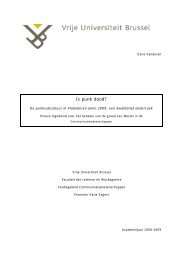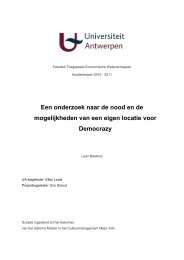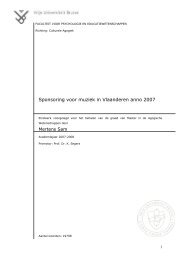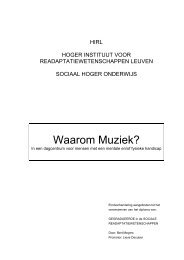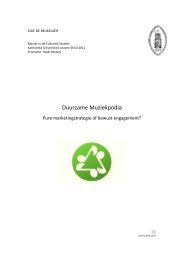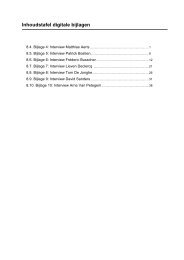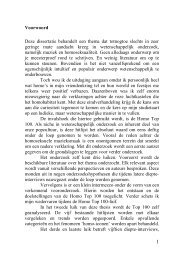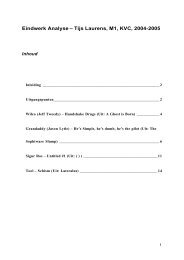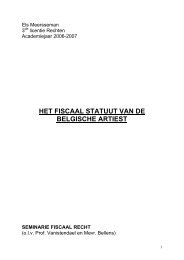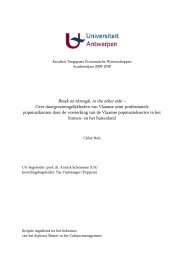Hip hop identity in a township reality. - Poppunt
Hip hop identity in a township reality. - Poppunt
Hip hop identity in a township reality. - Poppunt
Create successful ePaper yourself
Turn your PDF publications into a flip-book with our unique Google optimized e-Paper software.
were forced to move dur<strong>in</strong>g this period (Wikipedia). One of the most well known and<br />
remembered removals is that of District Six <strong>in</strong> Cape Town <strong>in</strong> 1965. More than<br />
55.000 people (mostly coloureds and Indians) were forced to move to new <strong>township</strong>s<br />
on the Cape Flats 25 kilometres away because of the realisation of the Group Areas<br />
Act, which gave the apartheid government the authority to proclaim certa<strong>in</strong> areas<br />
as ‘white’, ‘coloured’, or ‘Indian’ 6 . The old houses were bulldozed and the District Six<br />
area became a ‘whites-only’ zone (Wikipedia). The site of Sophiatown <strong>in</strong><br />
Johannesburg was raised to the ground <strong>in</strong> 1957 to make way for the ‘white area’ of<br />
Triomf (Wikipedia). Inhabitants were sent to Soweto (an acronym for South Western<br />
Township).<br />
Violence climaxed aga<strong>in</strong> between 1984 and 1988. The political reformations that<br />
Botha enforced missed the expected effect. The social position of the black people<br />
became worse. A young generation grew angry and <strong>hop</strong>eless, the future looked<br />
bleak. In 1983 a new constitution was established. Coloureds and Asian people had<br />
a voice <strong>in</strong> the policy from then on. Still, black people were left <strong>in</strong> the cold (Vervliet:<br />
74). To suppress the anger and the resistance from the blacks, armed forces<br />
patrolled the towns and destroyed black squatter camps (Crosroads) <strong>in</strong> 1986. The<br />
kill<strong>in</strong>g technique called necklac<strong>in</strong>g – a car tyre put around the victim’s neck and set<br />
alight - was very popular at that time.<br />
2.3. External and <strong>in</strong>ternal resistance<br />
Nationwide, South African apartheid was condemned because of its unjust and<br />
racist nature. The United Nations <strong>in</strong>troduced several sanctions and called upon an<br />
<strong>in</strong>ternational convention (The International Convention on the Suppression and<br />
Punishment of the Crime of Apartheid) (Wikipedia). With this convention it became<br />
possible to legally apply sanctions to put the South African government under<br />
pressure (Wikipedia). Some examples of (economical) sanctions: <strong>in</strong>vestors were<br />
pressured not to put money <strong>in</strong>to South African companies, tourism was boycotted<br />
and South African sports teams were banned from <strong>in</strong>ternational events (Wikipedia).<br />
Also an arms embargo was established after the Soweto upris<strong>in</strong>g <strong>in</strong> 1976 (see<br />
below).<br />
On 30 April 1976, children at the Orlando West Junior school <strong>in</strong> Soweto went on<br />
strike as a reaction to the language policy <strong>in</strong> education that forced schools to use<br />
Afrikaans <strong>in</strong> class (Wikipedia). Soon, other schools jo<strong>in</strong>ed <strong>in</strong> the strike. On 16 June<br />
6<br />
http://en.wikipedia.org/wiki/District_Six



